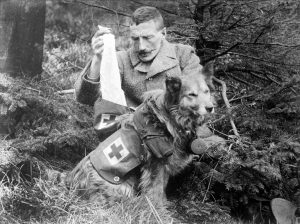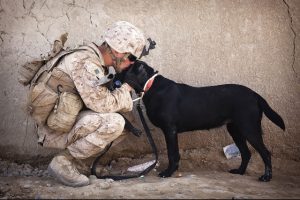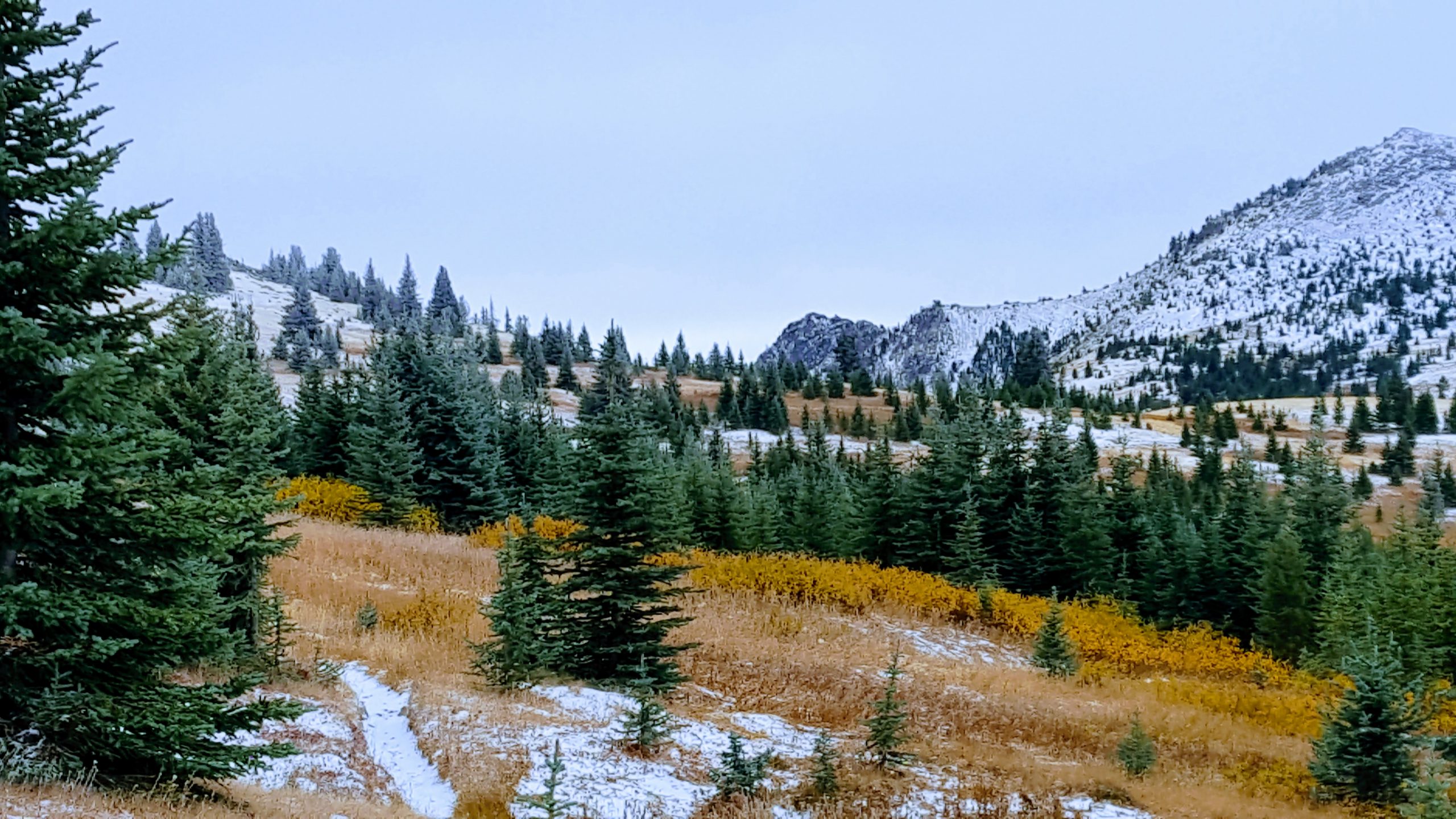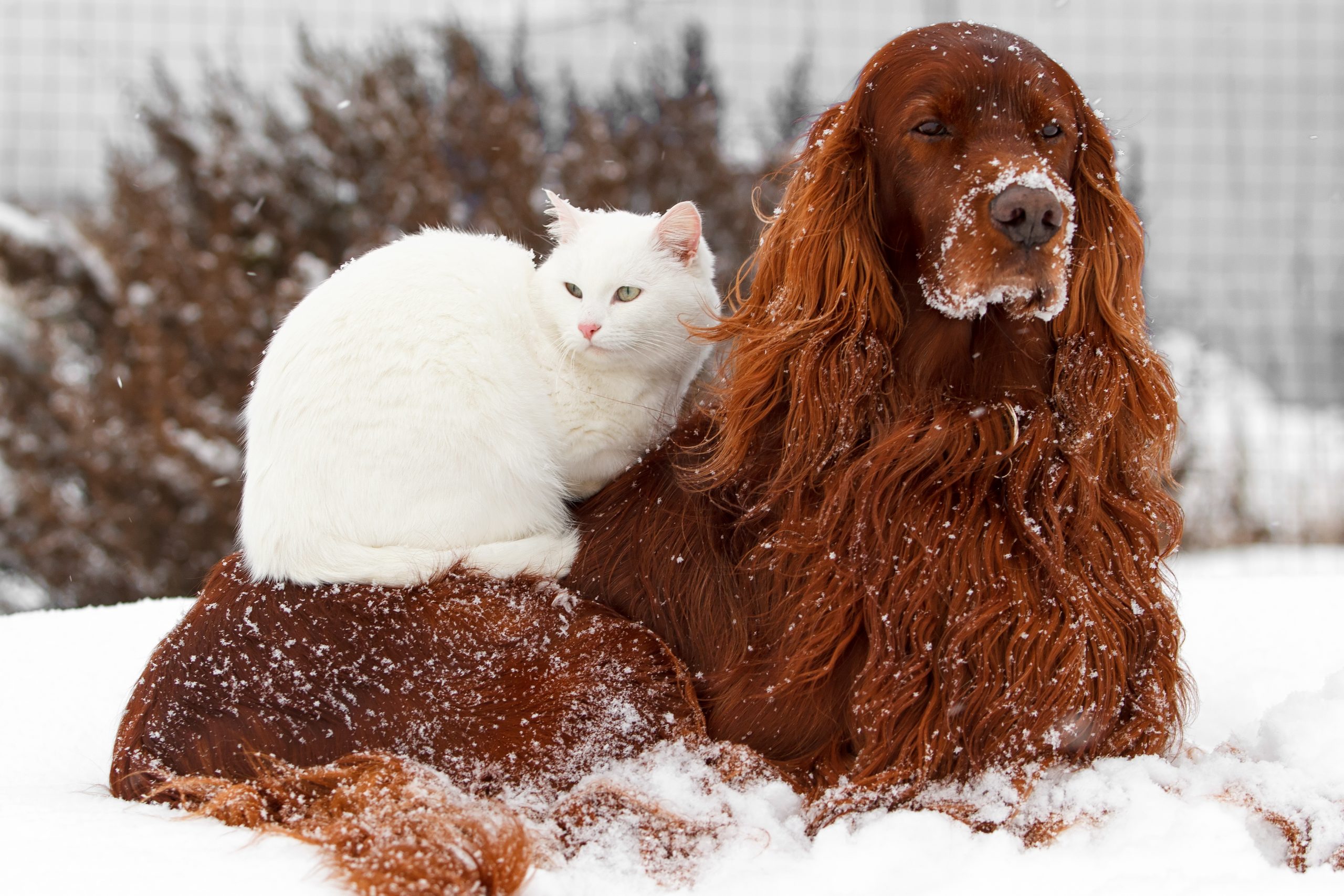The Unsung Heroes: How Animal Veterans Have Helped Humans Across the World

Throughout history, animals have played pivotal roles in human conflicts, offering their unique abilities to aid soldiers and civilians alike. From the battlefields of ancient wars to modern-day operations, these animal veterans have demonstrated unwavering loyalty, bravery, and intelligence. Their contributions have not only shaped military strategies but have also forged deep bonds between species. This article delves into the rich history of animal veterans and highlights their invaluable assistance to humans across the globe.
🐴 Ancient and Medieval Contributions
The partnership between humans and animals in warfare dates back thousands of years. In ancient civilizations, horses were essential for cavalry units, providing mobility and strength in battles. Elephants, particularly in regions like India and Africa, were used as formidable war machines, trampling enemy lines and carrying heavy loads.
In the Middle Ages, animals continued to serve in various capacities. Horses remained central to military operations, while other animals like dogs and pigeons began to be utilized for specific tasks. The bond between humans and these animals was not merely utilitarian; it was built on mutual respect and understanding.
🐕 World War I: The Rise of Animal Heroes
World War I marked a significant turning point in the recognition of animals’ roles in warfare. Over 5 million horses, donkeys, and mules served during the conflict, transporting supplies and artillery across challenging terrains. These animals endured harsh conditions, often facing the same dangers as human soldiers.
Dogs were also integral to military operations. They served as messengers, carrying vital communications between units. Their keen senses made them excellent sentries, alerting troops to enemy movements. Some dogs were trained to locate wounded soldiers, providing critical assistance in rescue operations.
Pigeons played a crucial role in communication. With the advent of trench warfare, traditional communication lines were often severed. Pigeons, particularly the homing variety, were used to carry messages across enemy lines, sometimes under heavy fire. Their reliability and speed saved countless lives during the war.
🐾 World War II: Expanding Roles and Recognition
The Second World War saw an expansion in the roles animals played. Dogs continued their duties as messengers and sentries but were also trained for more specialized tasks, such as detecting mines and explosives. Their training and bravery were recognized through awards like the Dickin Medal, often referred to as the “animals’ Victoria Cross.”
Horses and mules remained indispensable for transporting goods and artillery, especially in regions where mechanized vehicles couldn’t operate effectively. Their resilience and adaptability were crucial to maintaining supply lines in challenging terrains.
Pigeons again proved their worth in communication. One notable example is a pigeon named G.I. Joe, who delivered a message that prevented the bombing of a British village, saving over 1,000 lives. For this heroic act, G.I. Joe was awarded the Dickin Medal.
🐕🦺 Modern-Day Service Animals
In contemporary times, the role of animals has evolved from battlefield companions to therapeutic partners. Service dogs are now trained to assist individuals with disabilities, including veterans suffering from post-traumatic stress disorder (PTSD). These dogs provide emotional support, help with daily tasks, and offer a sense of security to their handlers.
Organizations worldwide have recognized the therapeutic benefits of animals. Programs like “Paws for Vets” in the United States and “Pets As Therapy” in the UK train dogs to work with veterans, providing them with companionship and support. These initiatives have shown significant improvements in the mental health and well-being of veterans, helping them reintegrate into civilian life.

🐀 Unconventional Heroes: Rats and Dolphins
While dogs and horses are the most recognized animal veterans, other species have also made significant contributions. In Cambodia, rats have been trained to detect landmines. These rats, due to their light weight, can navigate areas without triggering mines, making them invaluable in clearing hazardous zones. One such rat, named Ronin, has detected over 100 landmines, saving numerous lives and allowing communities to rebuild safely.
Dolphins have been employed by navies for various tasks, including detecting underwater mines and locating lost equipment. Their natural sonar capabilities make them adept at navigating underwater environments, and their training has been crucial in ensuring the safety of naval operations.
🏅 Honoring Animal Veterans
Recognizing the contributions of animal veterans has become a global endeavor. The Dickin Medal, established in 1943 by Maria Dickin, founder of the People’s Dispensary for Sick Animals (PDSA), is awarded to animals displaying conspicuous gallantry or devotion to duty while serving in military conflict. Over 70 animals have received this prestigious award, honoring their bravery and service.
Memorials dedicated to animal veterans exist in various countries, commemorating their sacrifices and contributions. Statues, plaques, and museums serve as reminders of the bond between humans and animals and the shared history of their service.
🌍 Global Impact and Future Recognition
The impact of animal veterans extends beyond the battlefield. Their roles in communication, transportation, detection, and therapy have shaped military strategies and improved the lives of countless individuals. As societies continue to recognize the importance of animals in various sectors, the future holds promise for further integration of animals in roles that benefit humanity.
Educational programs and documentaries have played a significant role in raising awareness about the contributions of animal veterans. Schools, museums, and media outlets worldwide have shared stories of these unsung heroes, ensuring that their legacies endure.
🐾 Conclusion
The history of animal veterans is a testament to the profound bond between humans and animals. From ancient wars to modern conflicts, these animals have served with loyalty, bravery, and intelligence, often at great personal cost. Their contributions have not only aided in military victories but have also provided comfort, companionship, and healing to those in need.
As we move forward, it is essential to continue honoring and recognizing the service of these remarkable animals. Their stories inspire us to appreciate the diverse ways in which animals enrich our lives and contribute to the greater good. The legacy of animal veterans reminds us that heroism comes in many forms, and sometimes, our most steadfast allies have four paws, hooves, or fins.


